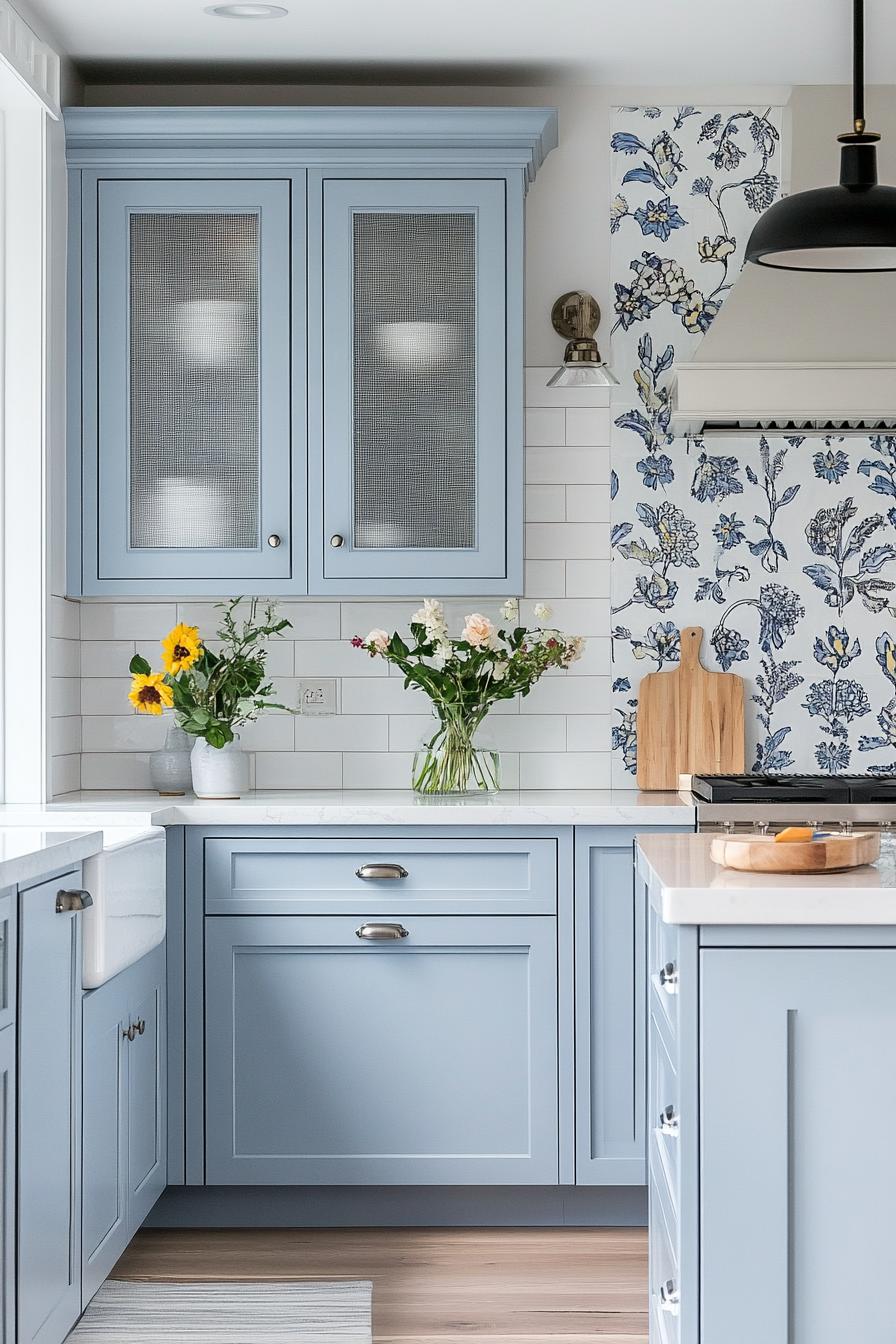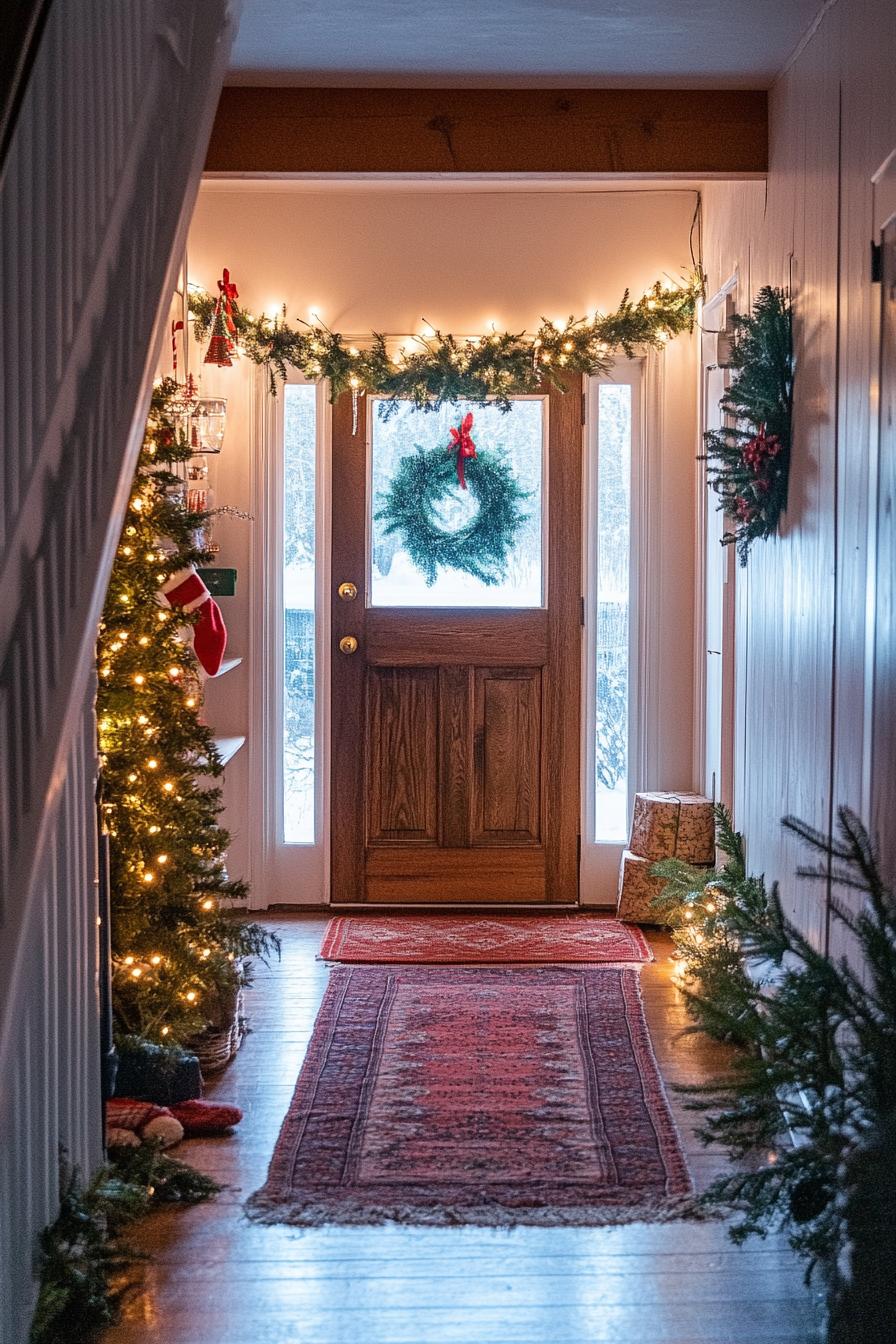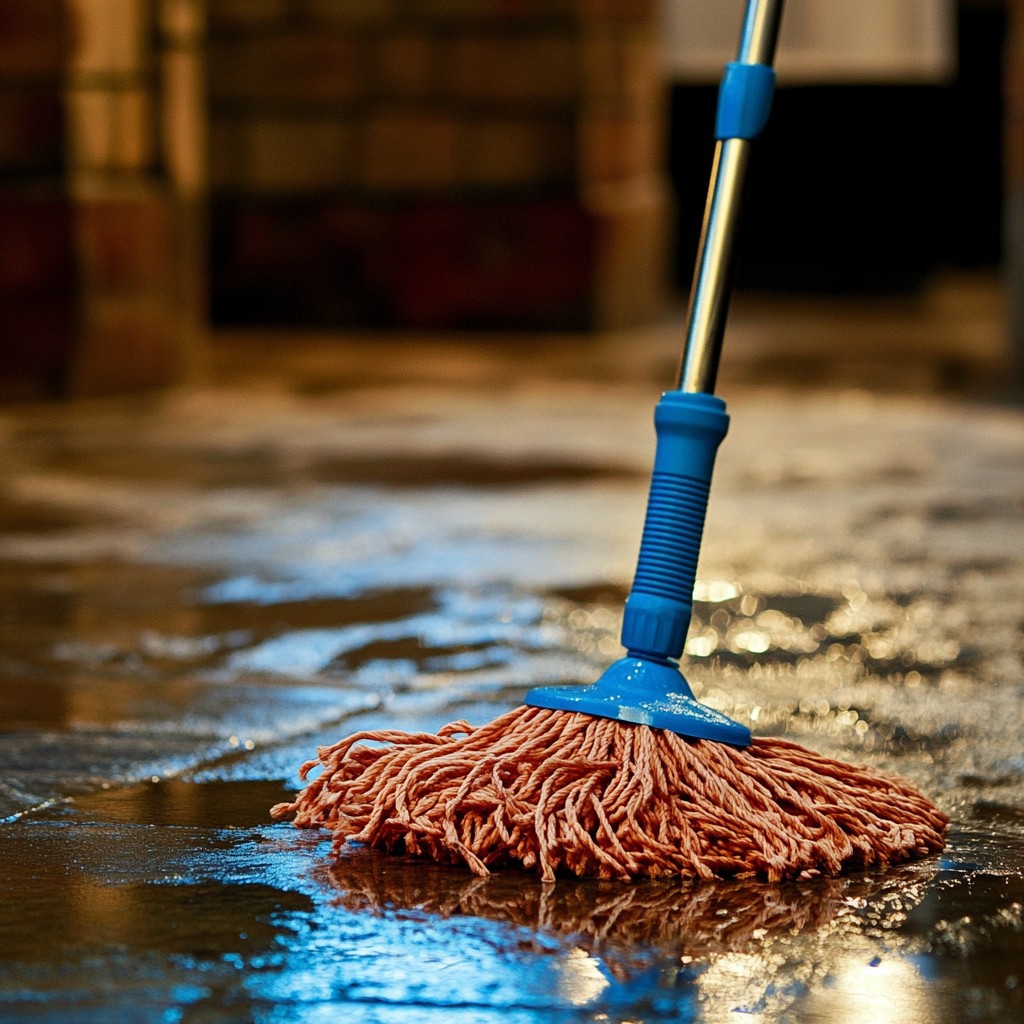Last updated on
If you’re installing shelves (especially wall-mount), knowing how much weight they can hold is paramount to your success. Here’s how to find out.
The short answer is that the supported weight depends primarily on the brackets that hold the shelf. If installed correctly according to the manufacturer’s directions, they’ll hold the specified maximum weight ranging from 20 lbs to 600 lbs or more.
But wait, will your shelf really hold as much weight as the bracket fixture product says? The answer is a definite yes. And we’ll soon see why that is.
There’s a good chance you’ve seen them before: the wooden shelves that are often used to display books or objects on bookshelves. They come in various sizes: from a few inches wide to a few feet, and can be attached to a wall, mounted in the corner, under the TV, or free-standing on a floor. They can be made from several different materials, such as wood, metal, or glass.
What’s interesting is that while these shelves look sturdy, how much weight can they actually hold? It turns out that there is no simple answer. We know that the shelf’s weight capacity is typically determined by two things: the shelf’s dimensions and how it is attached to a wall — the thicker and the narrower the shelf, the more weight it can hold.
Takeaway: Check the manufacturer’s specifications for any shelving product you buy. It will be a good indicator of how much weight it can hold. If unsure, or it’s a DIY project, use wood boards that are the most durable.
Wood Type
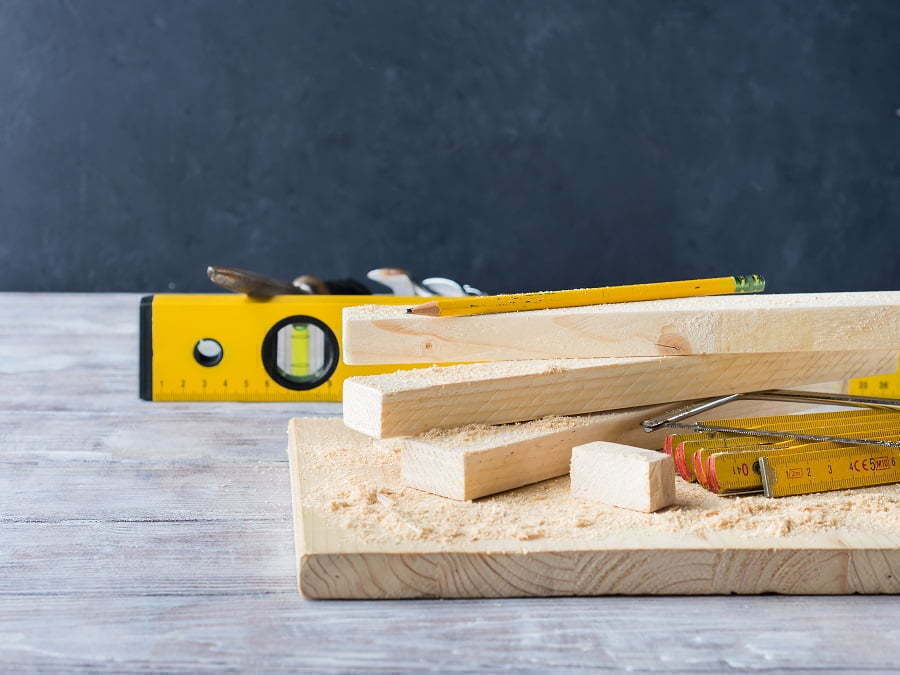
Various types of woods have different support strengths. This determines the amount of pressure wood can withstand before splitting. This usually is measured in units of pounds per square inch. With heavy equipment, your shelving needs strong wood. Here is a list of some of the popular wood species and their pressure properties (assuming a 2-inch board):
- White pine – 8,600 psi
- Red pine – 11,000 psi
- White oak – 10,300 psi
- Red oak – 13,400 psi
- Red maple – 13,400 psi
- Black walnut – 14,600 psi
As you can see, various wood types have strengths and advantages for different applications. For instance, if your shelving is being used to support heavy things, you’ll want a wood type that will not crack or deform.
Notice, however, that the strength properties of wood are significantly higher than those of the hardware (brackets and screws). That means the shelf board itself is your least worry because the fixtures will fail long before wood does. That is if it is installed correctly.
Shelf Thickness and Depth
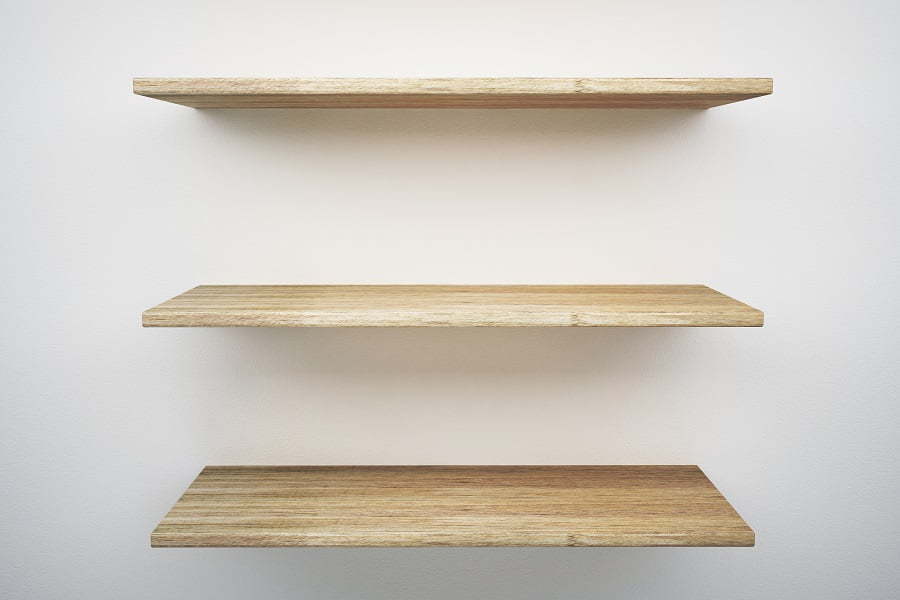
Most people prefer to have shallow shelves because they are lovely to look at. Do note that the shelves’ thickness will depend on what you are putting on them. Heavier items require more substantial shelves (2 inches or more).
The depths of the shelf decide the weight capacity too. How deep should the racks be to carry as much weight as possible? The deeper the shelf is, the bigger the brackets are needed, while the shallower it is, the more weight it can carry. It would be challenging to store heavy objects on a deeper shelf than 6 inches simply because you won’t get brackets that would support that weight.
Determine how deep the shelves you choose should be based on where you plan to position them. Most kitchen storage shelves are 12 inches deep since kitchen items are not more than 12 inches deep. Bookshelves have a width of at least 10 inches because most books are at least 9 inches tall.
Construction

Shelving design will make or break your plans of how much weight they can hold. When assembling a unit, you must consider the total weight. Brackets must be able to withstand the weight of the items on the shelves and the shelves themselves. The shelves should also be constructed of sturdy and secure materials. If you need a lot of space, you probably don’t need the light wooden shelf anyway.
On the other hand a sturdy construction like the torsion box, can carry a lot more weight using the same materials.
Brackets
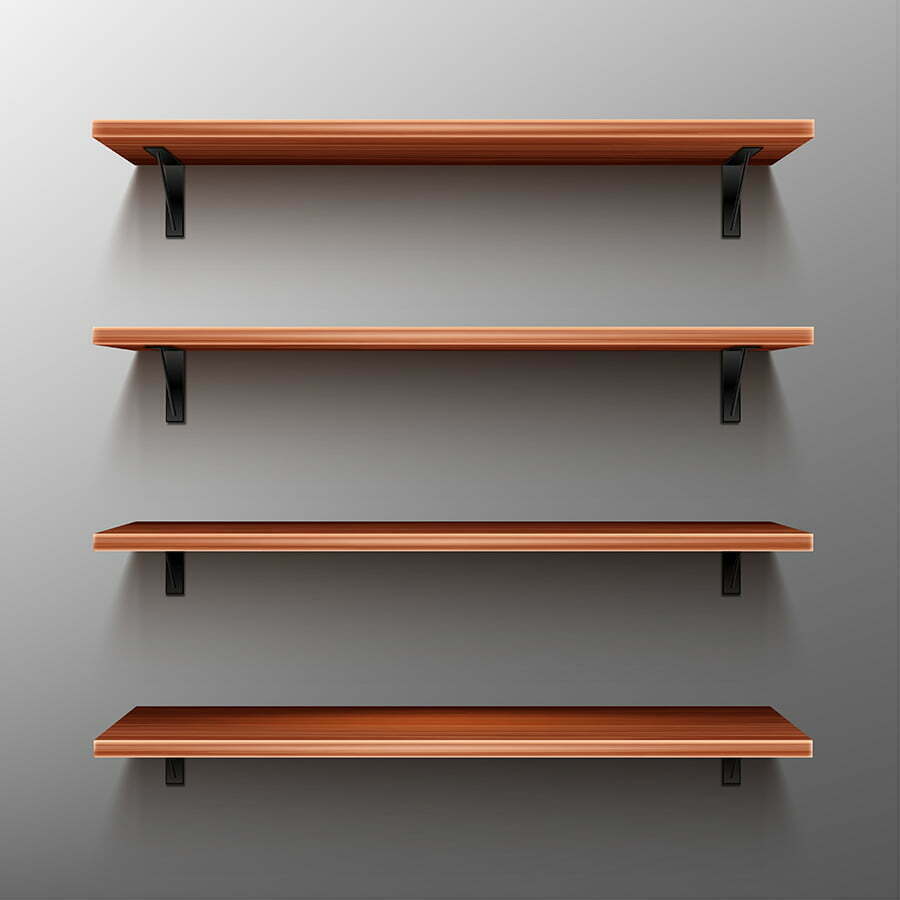
As we’ve established, brackets are the most important factor when determining how much weight a shelf can hold. It’s the weakest point of the construction.
So this is what you have to figure out. You will find that you can get brackets that can hold as little as 20 pounds or as many as 600 pounds (minus the shelf weight itself.)
The brackets are graded according to the load they can comfortably carry — this is typically indicated in the product description.
Before installing the brackets, you’ll need to know what they can adequately hold and how they are being mounted. The bracket can accommodate several units up to tons in weight. At first glance, this could seem like an excellent idea. But, always weigh the load before adding brackets.
Make sure that you have the right number of brackets. A bracket-heavy shelf may hold the weight of anything, but if it’s only secured at one point, it can break. Brackets need to be spaced out uniformly from side to side to support the weight of the shelf.
More rods in the floating shelf bracket means more load it can bear. The more screws into studs or blocks of wood, the more floating shelf space a shelving unit has.
Shelf brackets can have several alternatives to choose from — functional and decorative.
Installation

How shelves are built influences how much weight they can bear as well. A shelving unit is more durable than one mounted on drywall. Your bracket option will affect your overall level of support. L-brackets screwed to the wall protect them from falling separately. Depending on the sort of shelving you use, determine how much support you may need.
Here are some available alternative designs to consider for your shelving needs. The amount of support you have for your things varies with the way you arrange them. With these variables, you will now have information to pick the desired kind of storage supplies.
Assembling a shelf is a relatively simple DIY project. But, before you start, it’s crucial to have all the necessary tools. You’ll need a drill, a level, a hammer, a measuring tape, and a pencil to mark. You might also want a few screws and some wood glue. Before you begin, clear the area where you plan to put the shelf. You’ll need enough space to move freely as well as leave a level work area. And, most importantly, you’ll need to make sure that the shelf will fit within the wall cavity.
Wall Studs
Most walls (usually drywall-covered) have studs as part of their construction, the exception is concrete and brick walls. If you’re going to add shelving fixtures (brackets) on drywall, it will only hold the weight if you mount them on the studs.
You can use a stud finder to find walls. If you don’t have one, you can manually find studs by knocking on the drywall until you find a place where it doesn’t sound hollow.
Screws
Using several screws of size 4 or larger will carry a load of 100 pounds or more. It is necessary to make sure the drywall anchors can go at least 1 inch into the stud.
If you want to put bookshelves in your home, you need the proper shelving hardware. Keep in mind that you need different size screws to mount shelves, then say, a TV mount.
Drywall Anchor
The anchor designed to hold screws in drywall is only about keeping it fixed. It doesn’t mean it can hold more weight. If you miss the studs, typically, you won’t be able to secure shelves on such a wall.
Expansion Anchors
Expansion anchors are used for holding screws in masonry or concrete walls. The anchor expands as you put the screw in and holds it in place. This type of anchor can hold more weight if only due to the walls’ sturdier nature.
Recap


